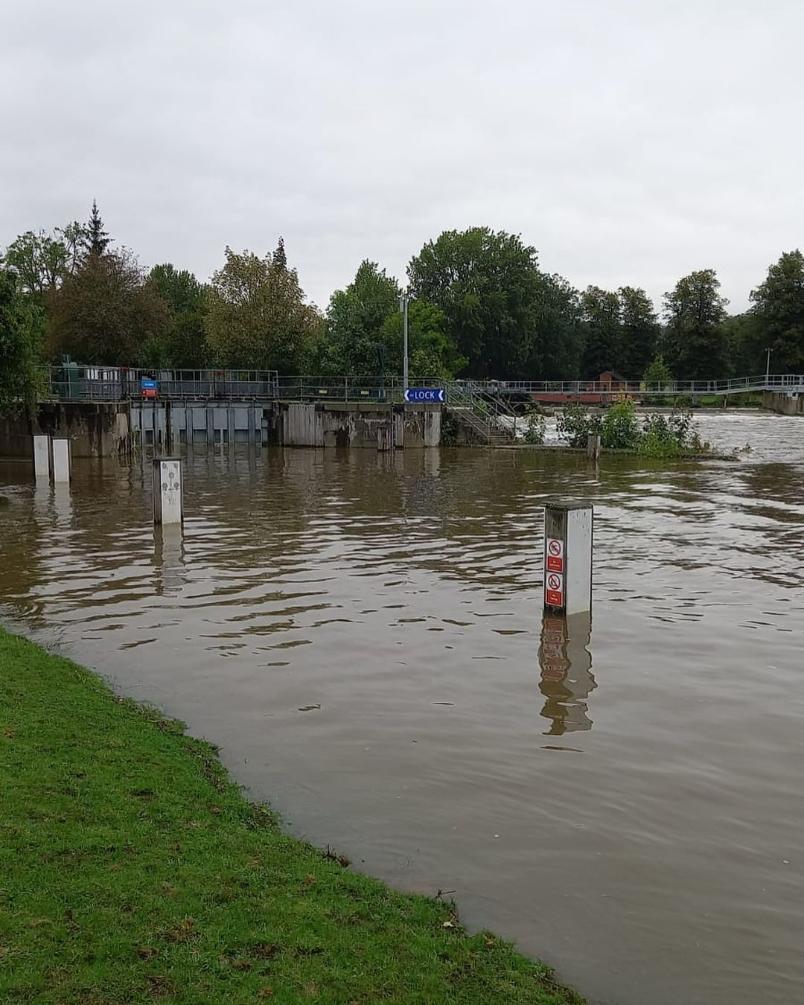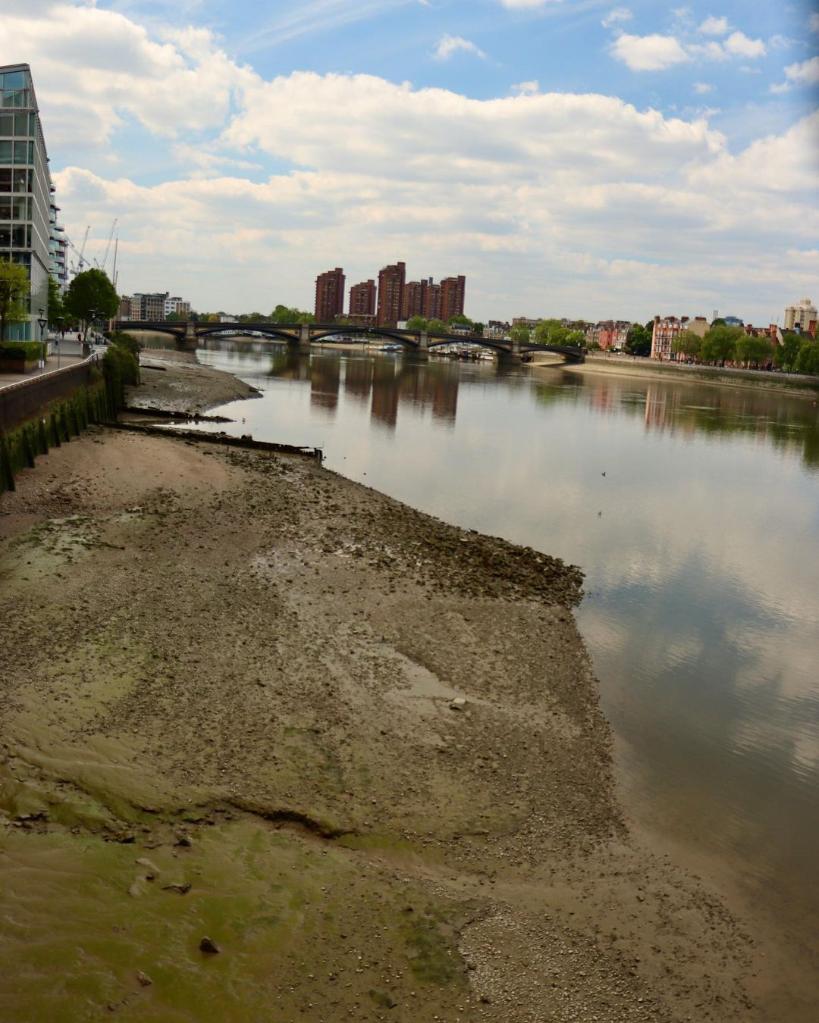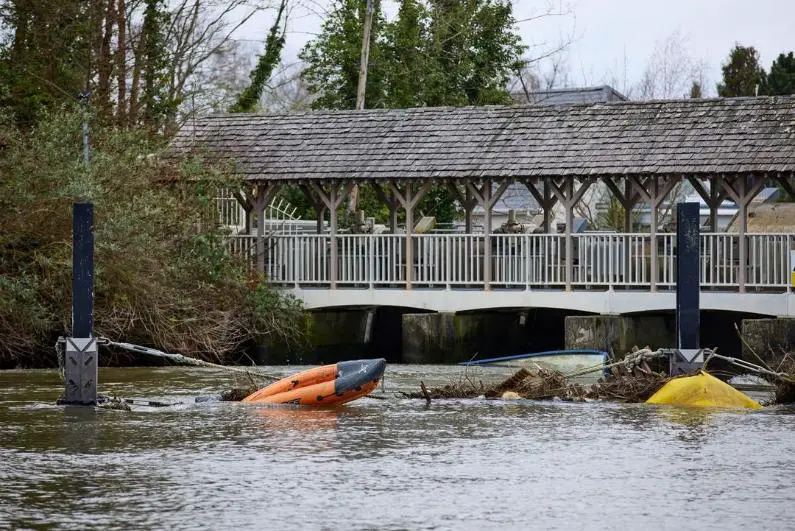From artisanal crepes to rebellious cheesecake waffles, Reading's breakfast rebels are transforming morning meals. These seven spots will revolutionize how you start your day.
Heavy Rain Triggers Flood Alert in Reading Area

As autumn weather intensifies, residents of Reading and surrounding areas are on high alert following recent heavy rainfall. The Environment Agency has issued a flood warning for the Lower River Loddon at its confluence with the River Thames near Twyford. This development has raised concerns among local authorities and residents alike, prompting increased vigilance and preparedness measures.
Potential Impact on Local Communities
The flood alert serves as a crucial early warning system, allowing residents and businesses in affected areas to take necessary precautions. While the full extent of potential flooding remains uncertain, authorities are closely monitoring water levels and weather forecasts to provide timely updates and guidance to the public.
Flood Alert Details

The Environment Agency has issued a specific flood alert for the Lower River Loddon at its confluence with the River Thames near Twyford. This alert serves as an early warning system, allowing residents and businesses in the affected areas to take necessary precautions. The alert covers a critical juncture where two significant waterways meet, potentially amplifying the risk of flooding.
Monitoring and Response

Local authorities are closely monitoring water levels and weather forecasts to provide timely updates and guidance to the public. The situation remains fluid, with the full extent of potential flooding yet to be determined. This ongoing assessment is crucial for maintaining public safety and allowing for rapid response should conditions worsen.
Community Preparedness

In light of the flood alert, residents in the affected areas are advised to stay informed and prepared. This may include moving valuable items to higher ground, preparing emergency kits, and staying tuned to local news and official channels for updates. The early warning provided by the Environment Agency allows for proactive measures to be taken, potentially mitigating the impact of any flooding that may occur.
Environmental Factors
The heavy rainfall leading to this flood alert is part of the intensifying autumn weather patterns in the Reading area. Such seasonal changes can lead to increased water levels in rivers and streams, making flood alerts more common during this time of year. The confluence of the Lower River Loddon and the River Thames creates a particularly sensitive area for potential flooding, as water from both waterways converges at this point.
Broader Implications
While the current alert focuses on a specific area, it highlights the broader challenges faced by communities along riverbanks during periods of heavy rainfall. The situation in Reading serves as a reminder of the importance of robust flood management systems and the need for ongoing vigilance in areas prone to flooding. It also underscores the critical role of early warning systems in protecting communities and property from potential water-related hazards.
Long-Term Flood Management Strategies

The current flood alert in Reading highlights the need for comprehensive, long-term flood management strategies. Local authorities and environmental agencies are likely to reassess existing flood prevention measures and consider new initiatives to enhance community resilience. This may include improvements to drainage systems, reinforcement of riverbanks, and the development of natural flood management techniques such as creating wetlands or planting trees to slow water flow.
Climate Change Considerations

The increasing frequency and intensity of extreme weather events, potentially linked to climate change, underscore the importance of adaptive planning. Reading and similar communities may need to reevaluate their infrastructure and urban development plans to account for changing weather patterns and increased flood risks. This could involve updating building codes, revising zoning laws, and implementing green infrastructure solutions to better manage stormwater runoff.
Economic Implications
Repeated flood alerts and potential flooding events can have significant economic implications for affected areas. Local businesses, particularly those near waterways, may face disruptions and potential property damage. The real estate market could also be impacted, with flood-prone areas potentially seeing changes in property values. These economic factors may drive increased investment in flood prevention and mitigation measures at both the individual and community levels.
Community Engagement and Education

The current situation presents an opportunity for increased community engagement and education regarding flood risks and preparedness. Local authorities may consider launching public awareness campaigns to ensure residents understand flood alerts, know how to access up-to-date information, and are familiar with emergency procedures. This could include community workshops, school programs, and the development of easily accessible online resources tailored to the specific needs of the Reading area.
Technological Advancements in Flood Prediction
As flood events become more frequent, there is likely to be increased focus on improving flood prediction technologies. Advanced modeling techniques, real-time data collection, and artificial intelligence could play crucial roles in enhancing the accuracy and timeliness of flood alerts. These technological advancements may allow for more precise warnings and better-targeted preparedness measures, potentially reducing the impact of future flooding events in Reading and similar communities.
